The most analog supercar of our time!
The name of Gordon Murray, or Murray, as the British say, is known to everyone who is even slightly interested in cars. On the account of this outstanding designer, there are more than a dozen formula cars of the Brabham and McLaren teams, but also a couple of road cars, the mere mention of which makes the heart beat faster. We are talking, of course, about the Mercedes-Benz SLR McLaren and McLaren F1. One of the fastest atmospheric supercars in the history of the global automotive industry is still considered the standard of beauty and speed, but there is no successor for it in the modern world. The McLaren Speedtail, as fast as it is, is clearly not up to the task. Professor Murray himself decided to correct the injustice and designed his 50th car – the GMA T.50 coupe with a laconic design, atmospheric V12, and “mechanics”.

The design of the GMA T.50 can be called austere or even boring, but this is done on purpose. The exterior should remain relevant even after 30 years, so the coupe body is completely devoid of slots, air ducts and massive fenders. According to Murray, attention should be drawn to balanced proportions and symmetry, rather than elements that deliberately emphasize the capabilities of the car. This is a recipe already tested on the McLaren F1 and the exact opposite of the Apollo Intensa Emozione.

However, looking at the T.50, one cannot get rid of the déjà vu feeling. Headlights with two round modules per block, a lid on the hood, sliding sections in the side windows, an inertial boost air intake, butterfly wings – everything seems to be copied from McLaren. The engine installed behind the backs of the seats is covered with glass “doors”; The stern is topped by two active spoilers, a ground effect fan, 3D LED lights and 80mm tailpipes.
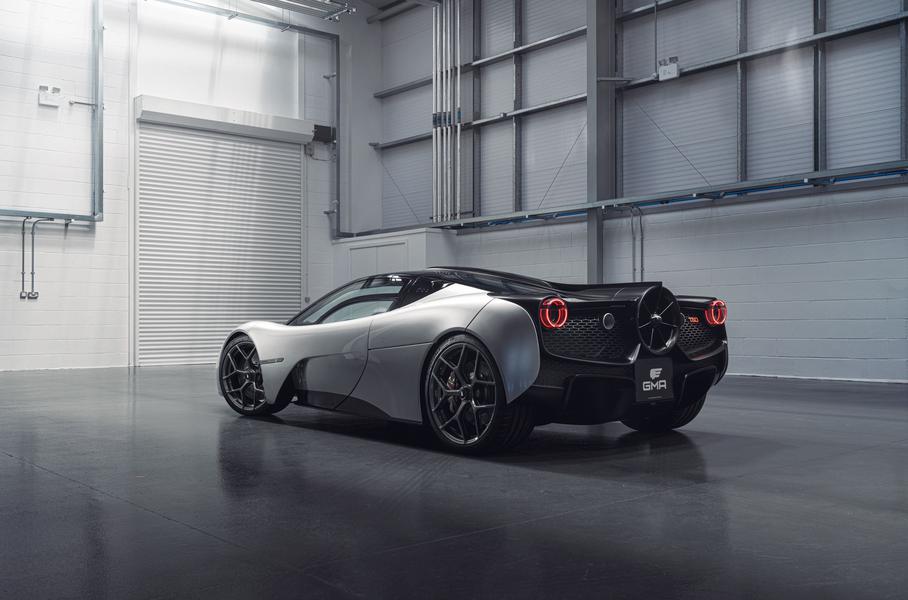
The T.50 is 4352 millimeters long, with a width and height of 1850 and 1164 millimeters; wheelbase – 2700 millimeters. That is, the supercar is smaller than the Porsche 911. The ground clearance at the front and rear is 120 and 140 millimeters, respectively. Thanks to the widespread use of carbon fiber, the weight of the coupe does not exceed 986 kilograms. This is 150 kilograms less than the McLaren F1 and about a third lighter than the average supercar.
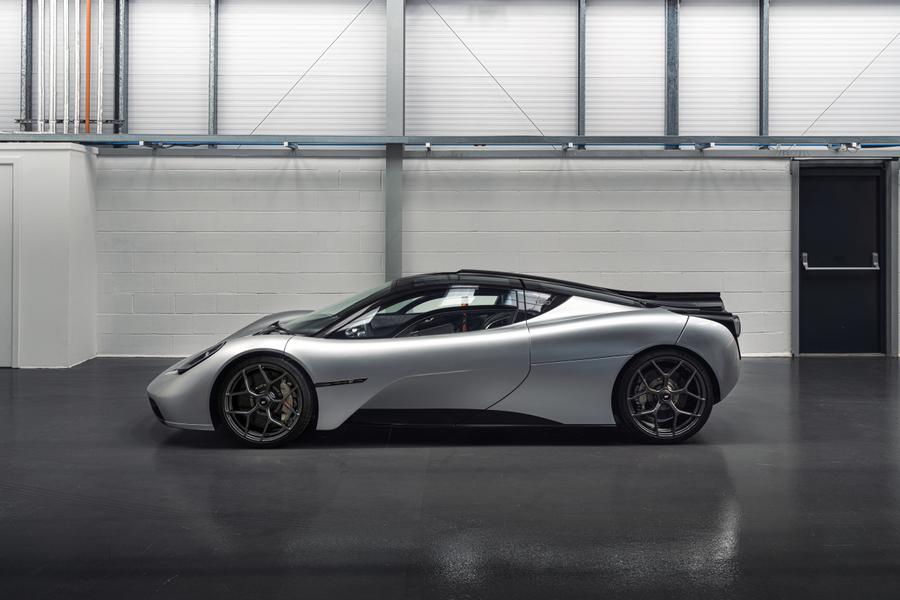
The basis of the power structure is a carbon fiber monocoque with an aluminum honeycomb core and programmable crumple zones – it is made by the British company Formaplex. In the image of Formula 1 cars, there is even a non-deformable safety capsule that protects passengers from very strong impacts. The torsional rigidity of the chassis is such that the GMA dispensed with additional struts and amplifiers. The monocoque, together with the outer panels, weighs 150 kilograms.
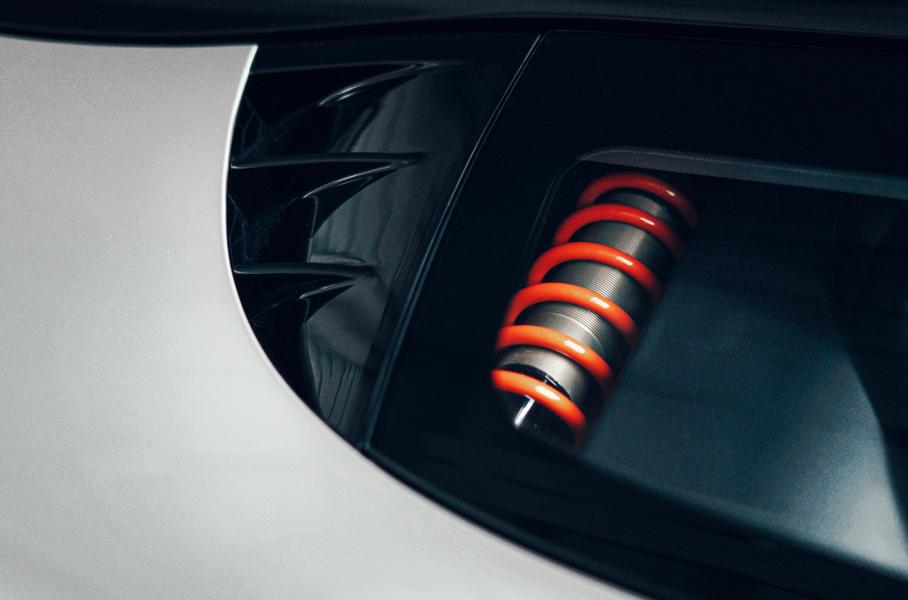
There are no frills in the suspension. Front and rear double wishbones are equipped with push rods, steel springs, aluminum shock absorbers. The rack and pinion steering is supplemented with power, but it only works at parking speeds. In general, the “assistants” are here once, twice, and they have run out of things: traction control system, stabilization (switchable), ABS and vacuum brake booster. Because the T.50 is all about cleanliness in everything, including feedback and driving pleasure.

The highlight of the supercar is the engine. The atmospheric V12 with a displacement of four liters was developed by Cosworth and is attached directly to the monocoque with anti-vibration mounts, that is, it is a semi-structural element. The block and cylinder heads are made of aluminum alloy, the valves and connecting rods are made of titanium. There is a dry sump lubrication system, phase shifters at the inlet and outlet, and an exhaust system made of Inconel and titanium. The two overhead camshafts, like the 48-volt starter-generator, are driven by gears.
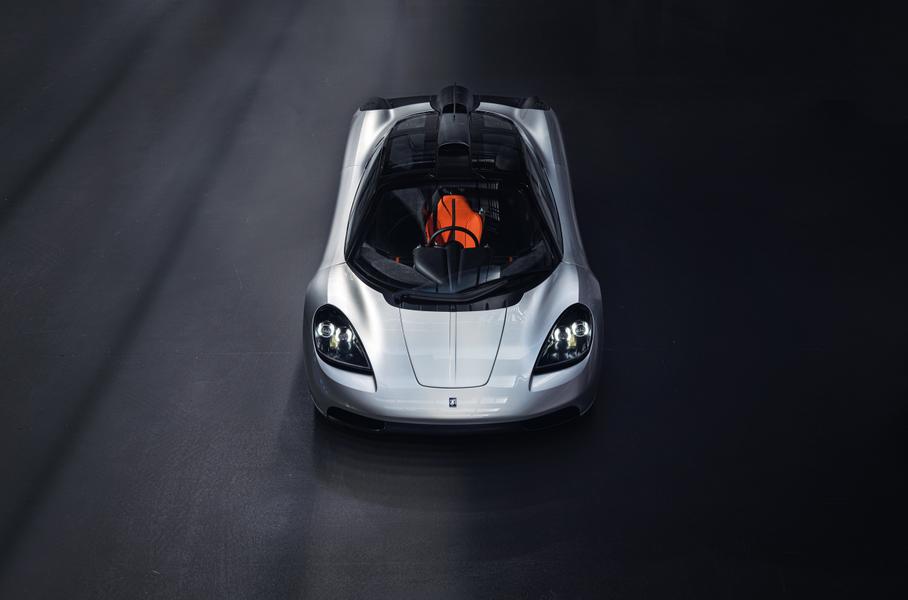
The motor produces 663 horsepower and 467 Nm of torque, with 71 percent of thrust already available at 2500 rpm. At the same time, the engine can be turned up to 12,100 rpm – a record for a road car! True, peak recoil is only available in Power mode, while the GT profile is more suitable for daily trips. In it, the cutoff is shifted to 9500 rpm, and the power is reduced to 600 horsepower.
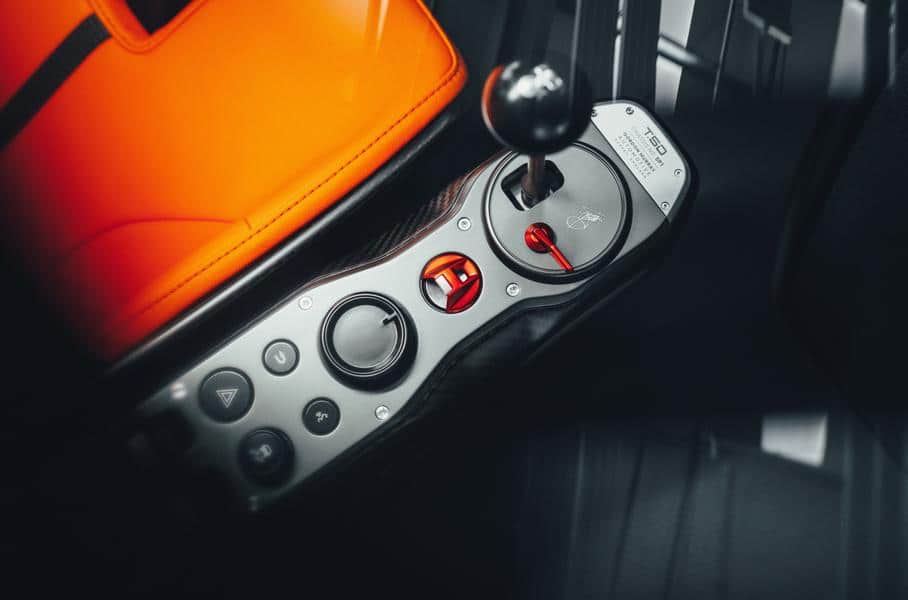
Traction to the rear axle goes through a six-speed “mechanics” Xtrac and a limited slip differential. The box with a short-stroke rocker arm and a three-disc clutch made of silicon carbide and titanium weighs 80.5 kilograms and is enclosed in an aluminum body with a wall thickness of 2.4 millimeters. The first five gears are close together, the sixth is stretched out and is designed to drive smoothly at high speeds.
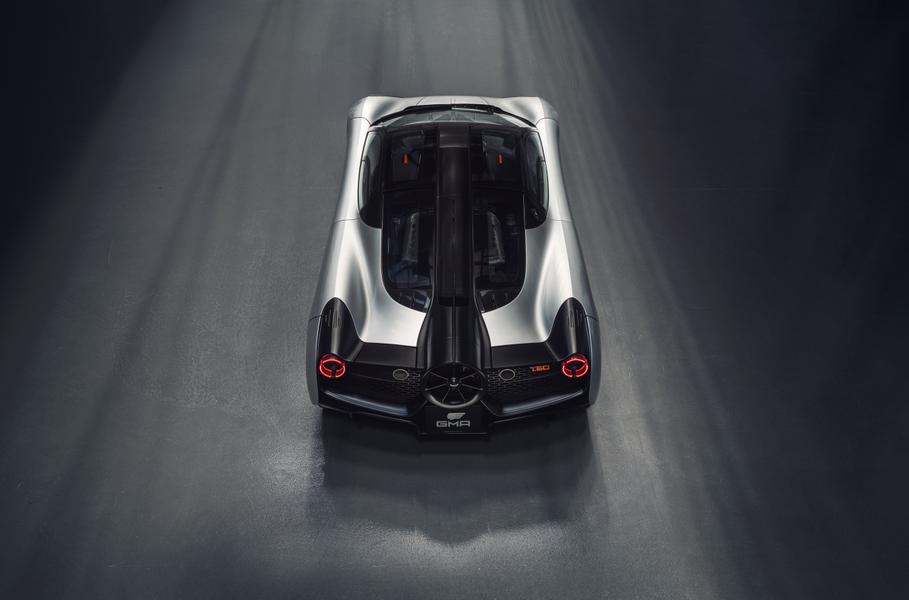
The GMA T.50 is the first road car with an active ground effect system, in which the values of downforce and air resistance are controlled by a 400 mm fan at the stern, air ducts with movable flaps in the rear diffuser and a couple of adjustable spoilers. Using two automatic and four manually activated operating modes, the coupé can increase downforce by 50 percent, reduce flow resistance by 12.5 percent and reduce braking distances from 240 kilometers per hour to ten meters.
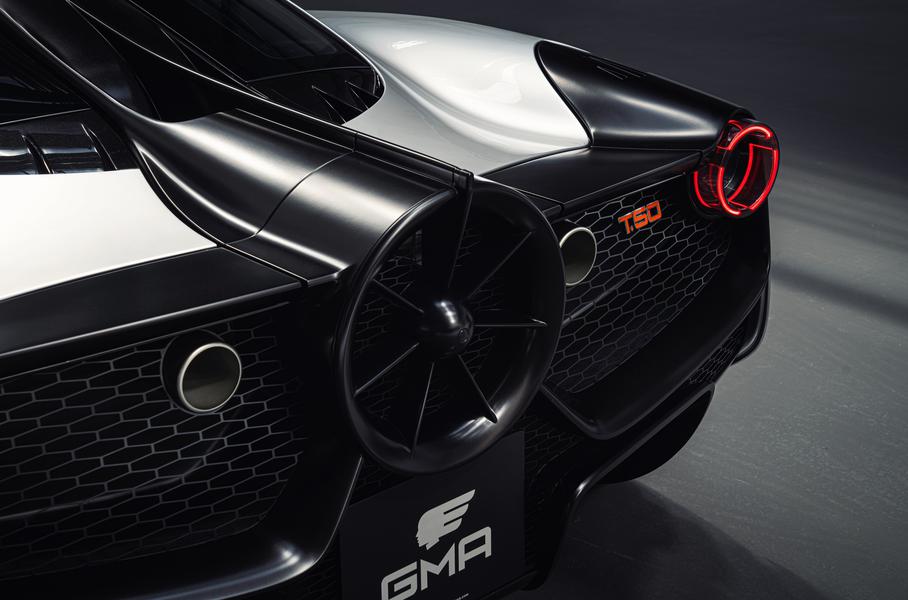
In Auto mode – it is on by default – the ground effect is created only due to the profiled bottom and the Venturi effect. With heavy braking, Braking Mode is activated and the rear spoilers rise at a 45-degree angle, and the fan starts to run at a maximum of 7000 rpm, doubling downforce. The highest traction is provided by the High Downforce profile, and the lowest resistance is provided by Streamline Mode, in which the fan lengthens the vortex flow from the stern, reducing the vacuum behind the car.
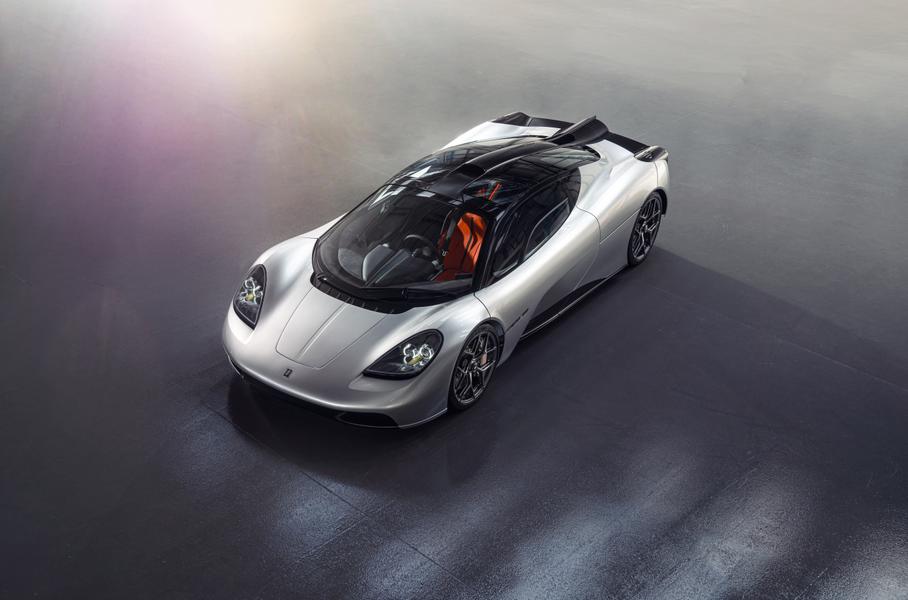
The remaining two modes are the high-speed V-Max Boost and Test Mode. In the first, a 48-volt starter-generator and inertial boost (an air intake with variable wall thickness amplifies the sound of air pulsations like a speaker) slightly help the internal combustion engine during acceleration, raising the total output to 700 forces. The second demonstrates all the capabilities of the system – it is allowed to turn it on only on a stationary car.
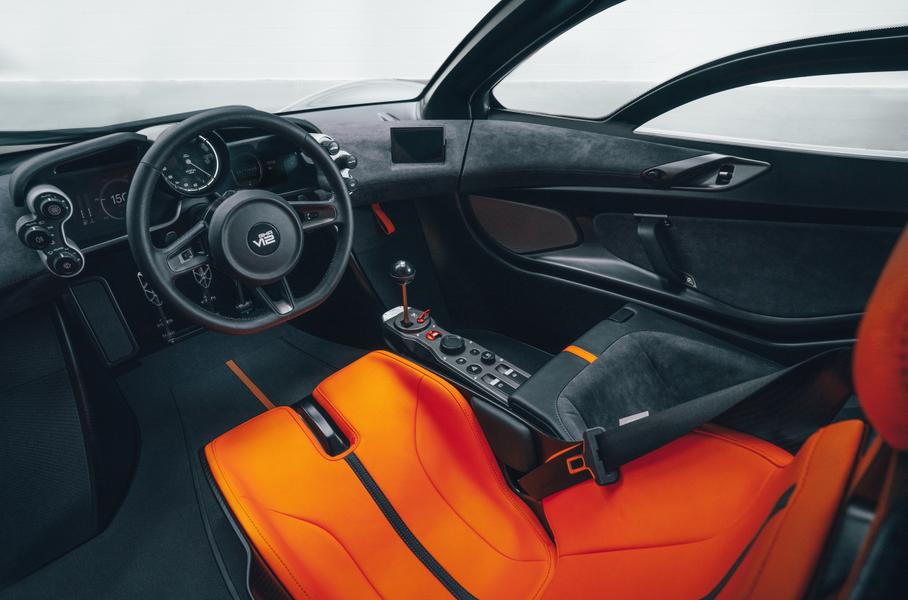
The GMA T.50 cabin has three seats. They are made of carbon fiber and together weigh no more than 13 kilograms. The driver’s seat is highlighted in a bright color – and it, like a steering wheel with a pedal block, will be customized for each client. The thoroughness of the interior design leaves no doubt about the importance of the project. See the attention to detail with the gear lever, front panel switches and analogue tachometer with milled aluminum pointer!
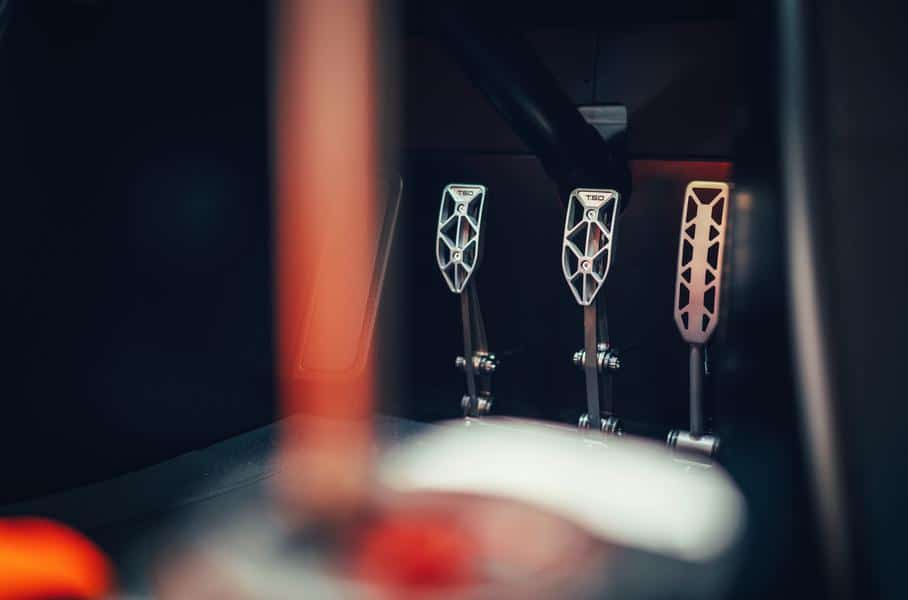
The pedals are made from solid pieces of aluminum (brake and clutch) and titanium (gas), so the entire assembly weighs 300 grams lighter than the McLaren F1. And of course, there are no touchscreen displays in the T.50’s cabin – all functions are controlled by rotary switches along the edges of the dashboard.

However, the arsenal of old-school solutions does not mean that the T.50 is completely devoid of comfort. The supercar is equipped with digital “tidy” and multimedia with navigation, as well as a 700-watt Arcam audio system with 10 speakers. The entire complex weighs 3.9 kilograms, but is compatible with Android Auto and Apple CarPlay interfaces. The total volume of two trunks (they are located in the rear fenders) and five compartments for small things – from 228 to 288 liters.
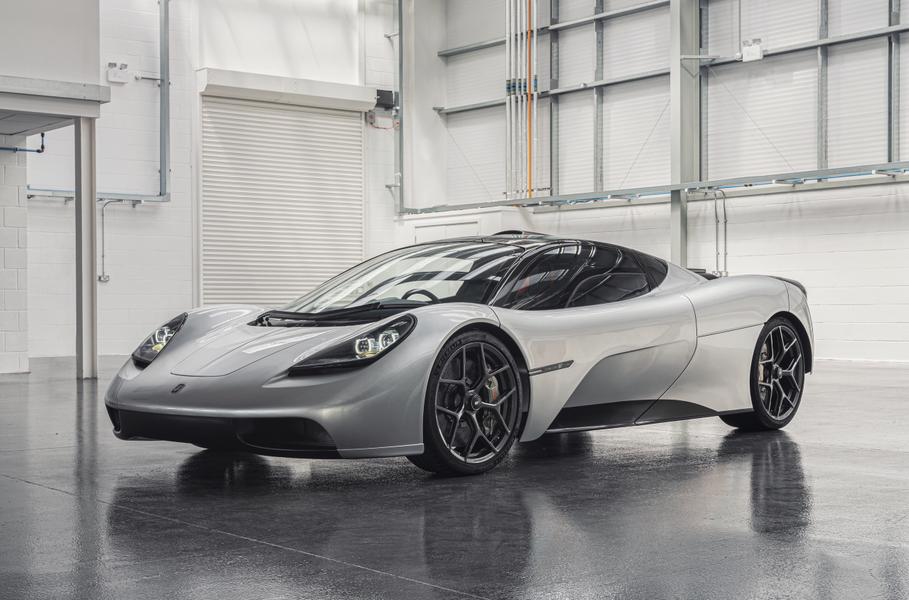
A total of 100 copies of the T.50 are planned to be built – production will begin in January 2022. Gordon Murray will personally communicate with each customer, and they will be able to monitor the development progress. This level of service is required by the price – at least 2.36 million pounds (30,71,340 USD).






